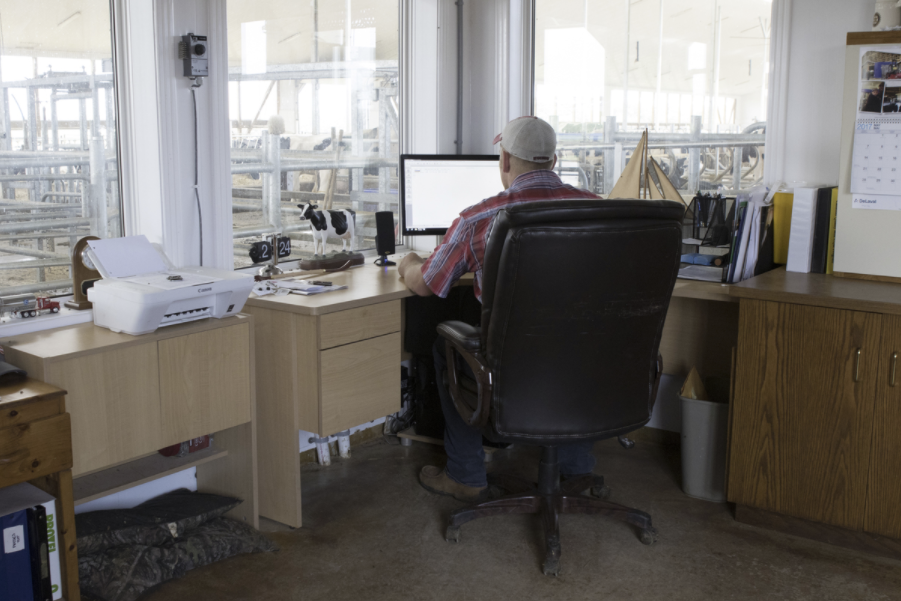Recording data is an essential part of dairying and comes in many forms, depending on the task and management style implemented on the operation. Recorded data can also be important for employee management – specifically for feedback.
Penn State Extension hosted a webinar discussing the use of cameras and data to manage the dairy workforce. Lisa Holden, associate professor of dairy science, emphasized the importance of implementing feedback in your management.
Feedback is important to employees
Clear expectations are key to managing employees. Whether conveyed through written protocol or intensive training, it’s important that your employees understand what you need from them and vice versa, Holden said. Laying out job descriptions and standard operating procedures can aid in maintaining a solid path of communication between you and your employees.
Employees want to be recognized and appreciated. This is more than simply telling someone, “Good job.” Feedback is recognizing specific things an employee does or does not do relevant to the task at hand and coming from a credible source.
Data doesn’t have to be a spreadsheet
Data on a dairy can be shown in many different forms. It can be shared through video feed, motion-sensing cameras, a clipboard with a herd report, a log of feed times, a computer report or whiteboard listing sick animals. Though this information is all important to the functioning of your operation, it can also be used to give feedback to your employees.
Holden used the example of using a camera in a freestall barn. This video recorded when the pen was scraped, when animals were fed and when the feed should have been pushed up.
“Unfortunately, there will be times that you will need to confront an employee about something they should be doing,” said Holden. “This should always be done in private, and use data to back it up. Show them the evidence of the problem and be sure that the concern is coming from you, not through the grapevine.”
Giving useful feedback
Feedback can be helpful or harmful. Holden discussed three things that will help you give constructive feedback: Make it specific, relevant and credible.
1. Be specific in giving feedback. Instead of simply saying “good job,” explain what your employee did a good job doing. For example, “You did a great job washing down the parlor walls. It’s important that we get all the manure splatters off at each milking so it doesn’t build up. Thank you for taking the extra time today.”
2. Be sure that the feedback is relevant to job performance. Instead of saying, “I wish you would come to work on time,” use data to support your claim. “Your time card says you have been late twice this week. It’s important that everyone is here on time so we can start milking promptly.”
3. Credibility is critical in giving feedback. Disagreements stem from a conversation that begins with, “I heard.” Be sure information is coming directly from you to avoid any question of credibility.
Learning how to give effective feedback will aid in the efficiency of your operation, but it might take some practice.
Holden suggests making a goal for yourself and then outlining the steps necessary to achieve that goal. Be sure the goal you set is specific. For example: “I will give good feedback to all shifts of milkers next week. I will use data.”
Next, practice what you are going to say. Giving helpful feedback isn’t something that comes naturally to many people. If you quickly rehearse what you are going to say beforehand, you are less likely to stumble over your words.
Then, monitor your progress. Reflect on the conversations you had with milkers. Did you use data to back up your claims? Was the feedback specific, relevant and credible?
“No feedback is feedback,” said Holden. “Providing no feedback to a person’s good efforts is de-motivating; it indicates that their actions are unimportant or unnecessary.”







